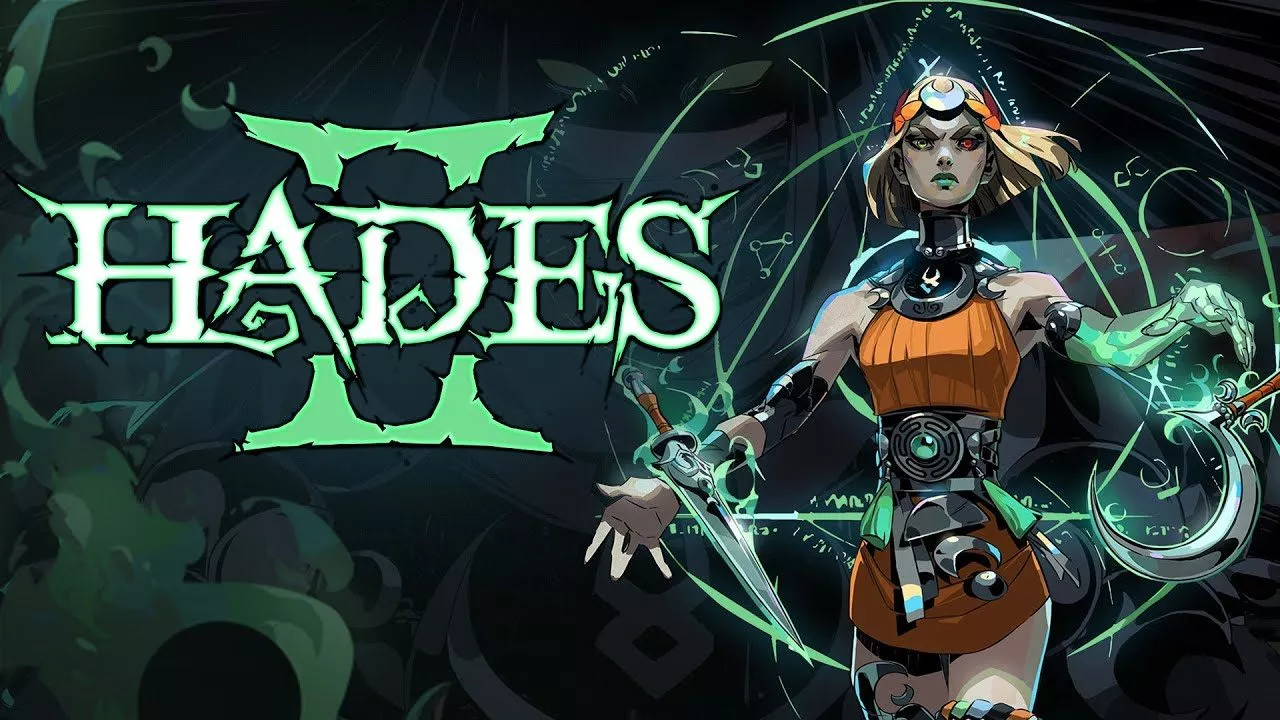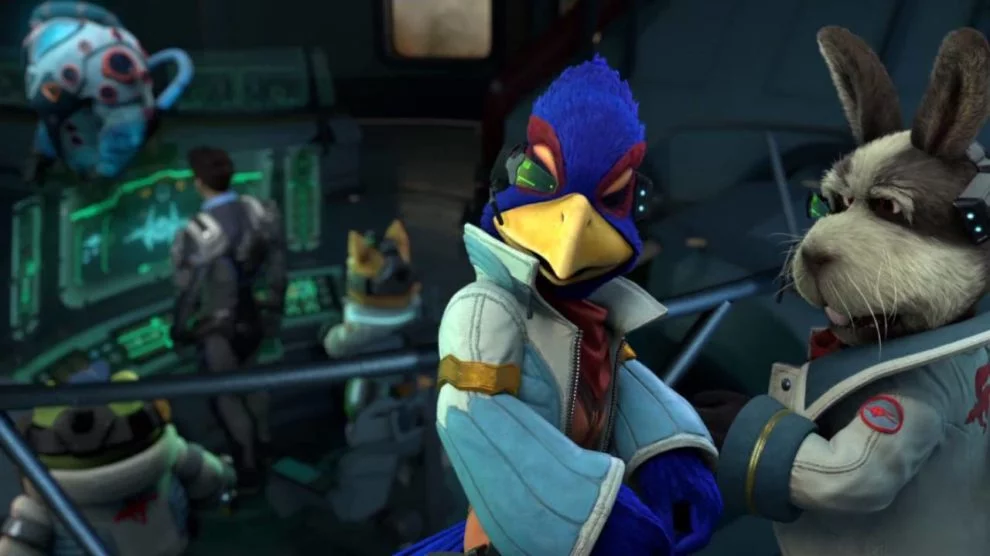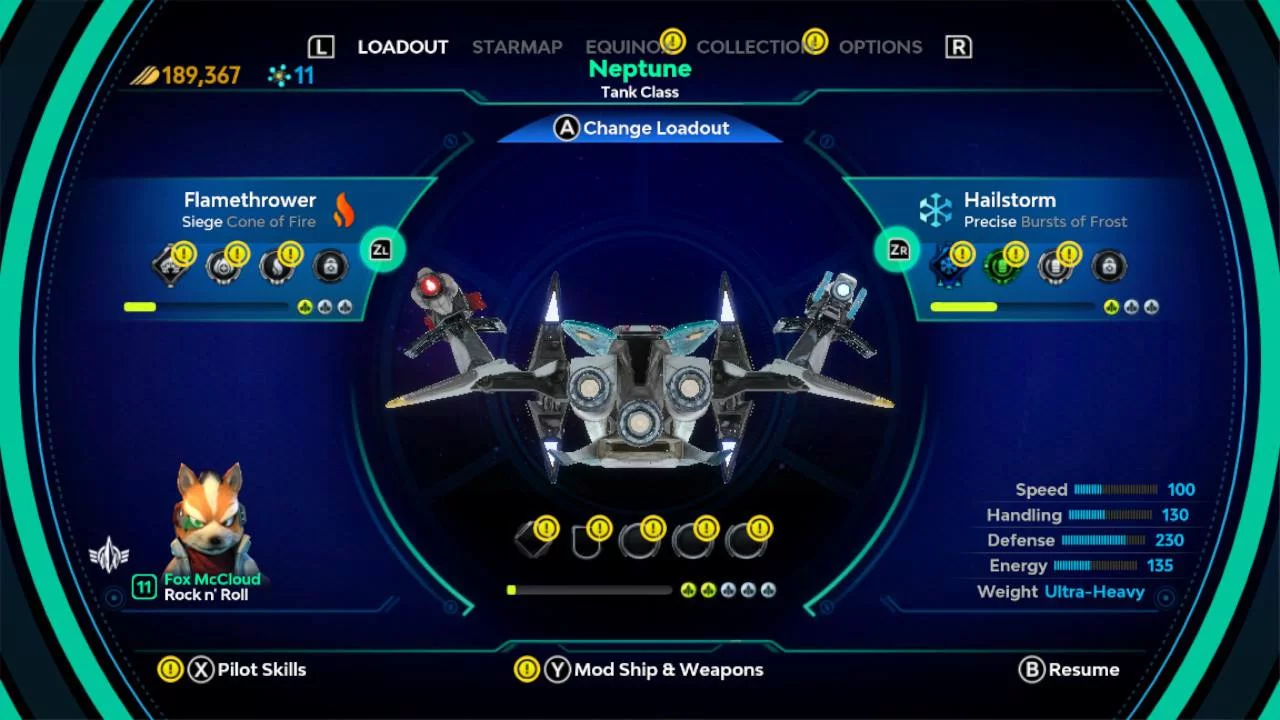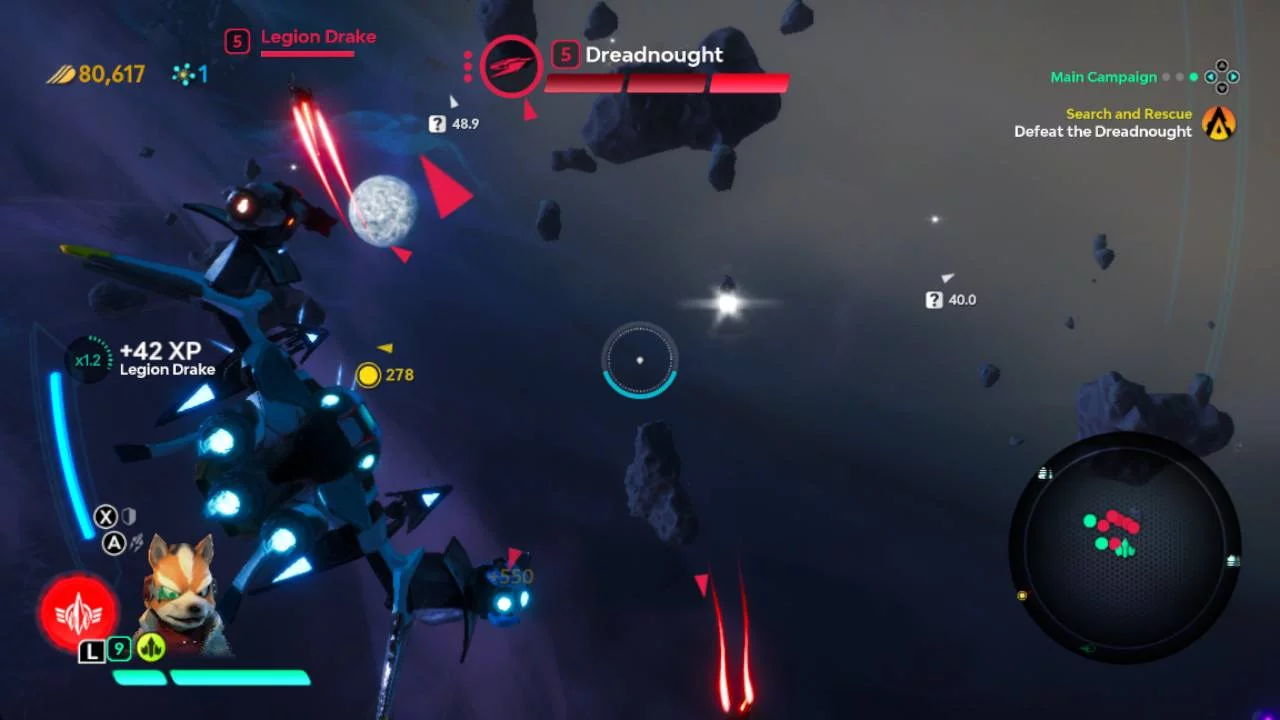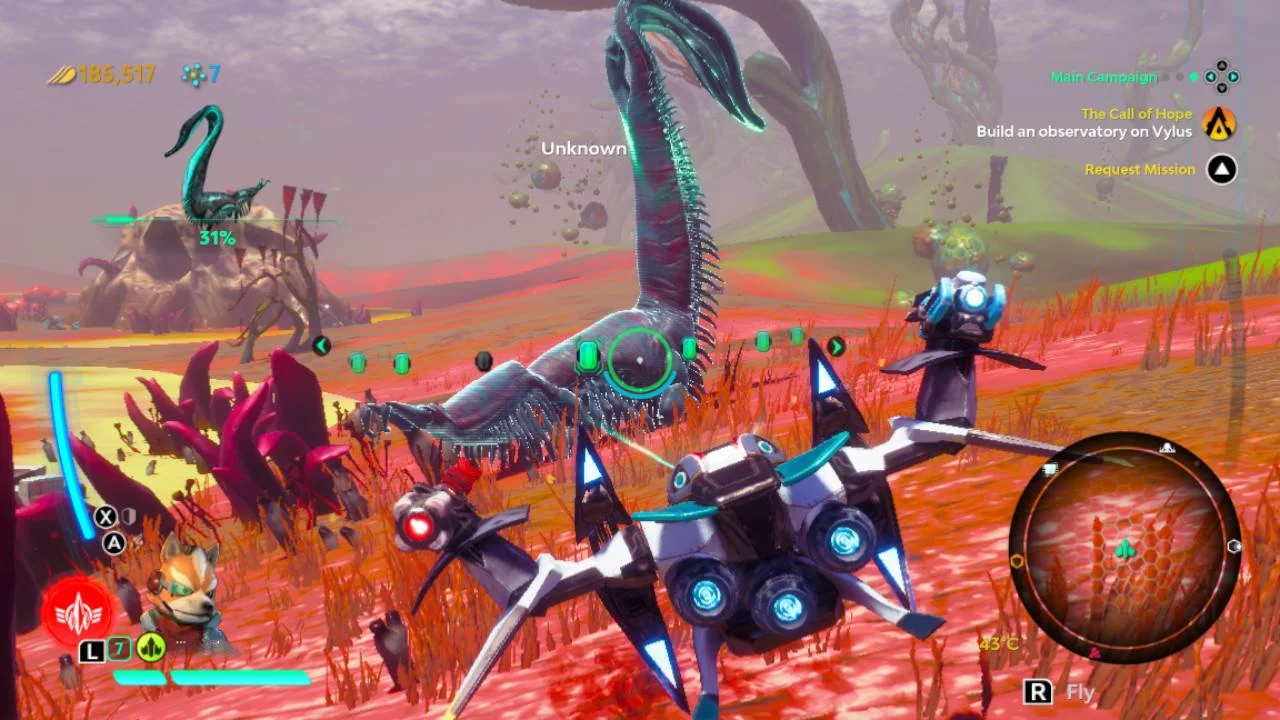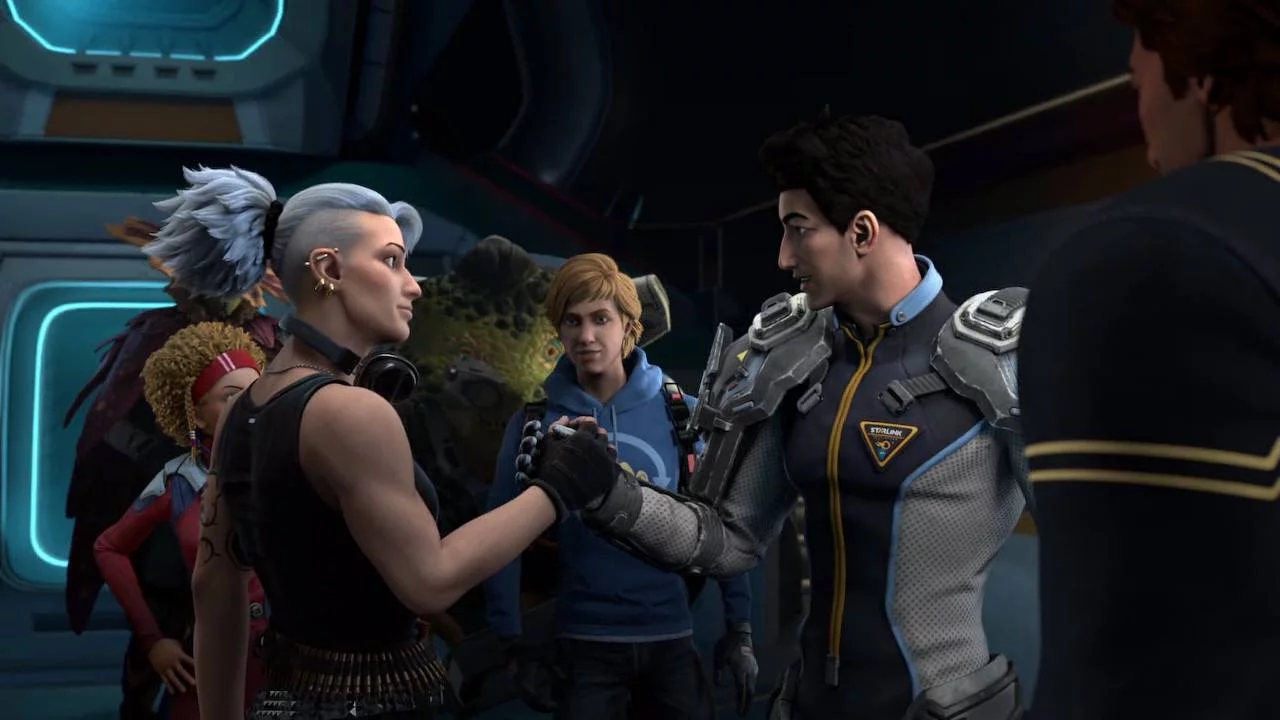The long and short of Starlink Battle for Atlas is this: it’s a great sci-fi game that’s dulled by its toys-to-life component. It’s an excitingly disappointing mixed bag, equally triumphant and inconsistent.
The titular Starlink Initiative is a small group of ragtag scientists and adventurers from Earth who travel to the Atlas system to further their research and add to their ranks. The Starlink technology that powers their starship hub, the Equinox, also fuels each member’s individual fighter starship and provides the backbone for the modular ship-building system that comprises the game’s toys-to-life aspect.
Starter Packs across Xbox One, PS4 and Switch all come with Mason the pilot and his Zenith starship, while the Switch also comes with Star Fox‘s Fox McCloud and Arwing. At this base level, your starship(s) have three modular weapons — cold-, hot- and kinetic-based guns that can be swapped out on the fly, either physically or digitally. If you’ve opted for a physical version, you’ll have to connect a special mount to your console’s controller, then locking a pilot into place before putting a starship on his or her head. This is followed up by placing weaponry on the ship’s left- and right-side wings. Digitally, it’s a matter of hitting pause and swapping stuff around.
The toys-to-life nature of Starlink proves to be far more annoying than good. The game’s combat difficulty promotes the ownership of multiple starship toys; on normal, I found myself churning through ship after ship at an alarming rate. Once you lose all the ships you own, you’re forced to restart from a previous checkpoint.
While multiple starships might keep you alive for longer, it’s weaponry that’s the most crucial, not only important against different enemies but with planetside puzzles. Matching weapons to enemies means you’ll kill them faster, which makes survival even easier. Heat-based weapons are great against frozen-type enemies, while kinetic-based weapons are good against almost anything. While Ubisoft asserts that the entire game can be completed with just its Starter Pack, it becomes pretty obvious — and quickly — that you’ll do much better if you buy more components like vortex- or stasis-based guns.
Starlink‘s toys-to-life gimmick is just that: a gimmick. The constant need to swap things in and out doesn’t make events more enjoyable; instead, it detracts from the fun. That’s a real shame too, because the game has a spectacular core loop — you’ve the ability to fly through space, onto one of the Atlas system’s seven unique planets and on top of that can engage in a number of different activities like dogfights, fauna scanning, materials collection, mod and installation crafting and more.
After playing through what amounts to a five-hour tutorial (really Ubisoft, stop doing this), you’ll find that your real mission is to uphold order across Atlas’ planets by shutting down the nefarious Legion’s Extractors, Primes and Dreadnoughts. By striking out at your enemies, Starlink works to balance the Legion’s influence with that of Atlas’ heroic Alliance.
Flight is fluid and easy to learn, though those who master systems will be pilots in a class all to themselves. It’s tremendously enjoyable to zip along a planet’s surface or use your engines to skim along the atmosphere. When out in space, hyperdrive is also very fun to boost in and out of. Combat is equally polished and solid either in space or on the ground, with the ability to dodge, boost, pull tricks, fire charged weaponry and toggle a shield on and off. All the while, strikingly beautiful, varied vistas are on offer across Atlas; everything ties together so wonderfully, making Starlink everything you’ve ever wanted (and more!) from the likes of No Man’s Sky.
And so, I tried my damndest to ignore the toys-to-life component of Starlink, choosing to set the game’s combat difficulty to easy and stick with one starship and one pilot (though it’s not as easy to do that with weaponry, especially if it’s just sitting there waiting to be swapped in and out). Doing this made a good game a great game. It was all going well, too, until I found I couldn’t stop fixating on Fox McCloud.
It’s clear the inclusion of Star Fox content was an afterthought; you can easily pinpoint the moment Starlink‘s Xbox One and PS4 introductory cutscenes would end and the tacked-on Switch one kicks on. As you progress through game’s story, Fox and company are largely left out of cutscenes, or are randomly thrown in the background of a couple to remind you that they’re on this version of the Starlink team. While playing as Fox, there are many instances where he simply talks to himself before the real crew of the Equinox talk to each other as if Fox isn’t there. It’s incredibly distracting and kills immersion.
That said, you’d be a fool not to play as Fox and use the Arwing whenever possible on the Switch — after all, it’s Fox McCloud and the Arwing! So that’s what I did, all the while realising this put my entire focus on Nintendo’s IP rather than Ubisoft’s newest creation. I’d love to try this game on Xbox or PS4 just to see how it goes without the interference of the Star Fox team; I’d love to care more about this team of unique, personality-filled characters who essentially became unimportant background dressing to me.
This general sense of imbalance — ironic when considering the objective of the game — is why I’m incredibly conflicted when trying to assess Starlink: Battle for Atlas. For every truly impressive aspect of the game there’s an equally disappointing one. Amazing sci-fi is crossed with gimmicky toys-to-life junk. An adventurous setting, full of life, is overshadowed by Fox McCloud. Rewarding, challenging combat ends up as desperate to get you to buy more pieces of plastic as old arcades were to have you cough up valuable coins.
If you were considering Starlink, I’d encourage you to see what your budget can accomodate and give it a try (the cheapest you can get the lot for is $150 AUD, digitally, and that is a big ask). As frustrating as the experience can be, there’s a lot of enjoyment — and potential — to actually be had. I hope Ubisoft embraces the bits of Starlink that work and continue on with a toy-free sequel — it’s easy to see how each weapon could be available to a single ship and switched with the simple press of a D-pad. At the very least, let’s see a proper Star Fox game from Ubisoft Toronto — it’s clear they can show Nintendo a thing or two.
As conflicted as I am about Starlink Battle for Atlas, one thing is clear: if you’re buying it, you should definitely get the Nintendo Switch version. Not because you get the extra Star Fox content, but rather two in-game starships — that advantage means your chances for survival instantly double without breaking the bank. (Update: I was totally wrong — the Xbox One or PS4 versions are where it’s at.)
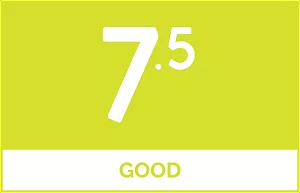 |
|
The good
|
The bad
|
Starlink: Battle for Atlas was reviewed using a promotional code on Nintendo Switch and the game’s full assortment of toys-to-life add-ons, all provided by the publisher. Click here to learn more about Stevivor’s scoring scale.
This article may contain affiliate links, meaning we could earn a small commission if you click-through and make a purchase. Stevivor is an independent outlet and our journalism is in no way influenced by any advertiser or commercial initiative.




